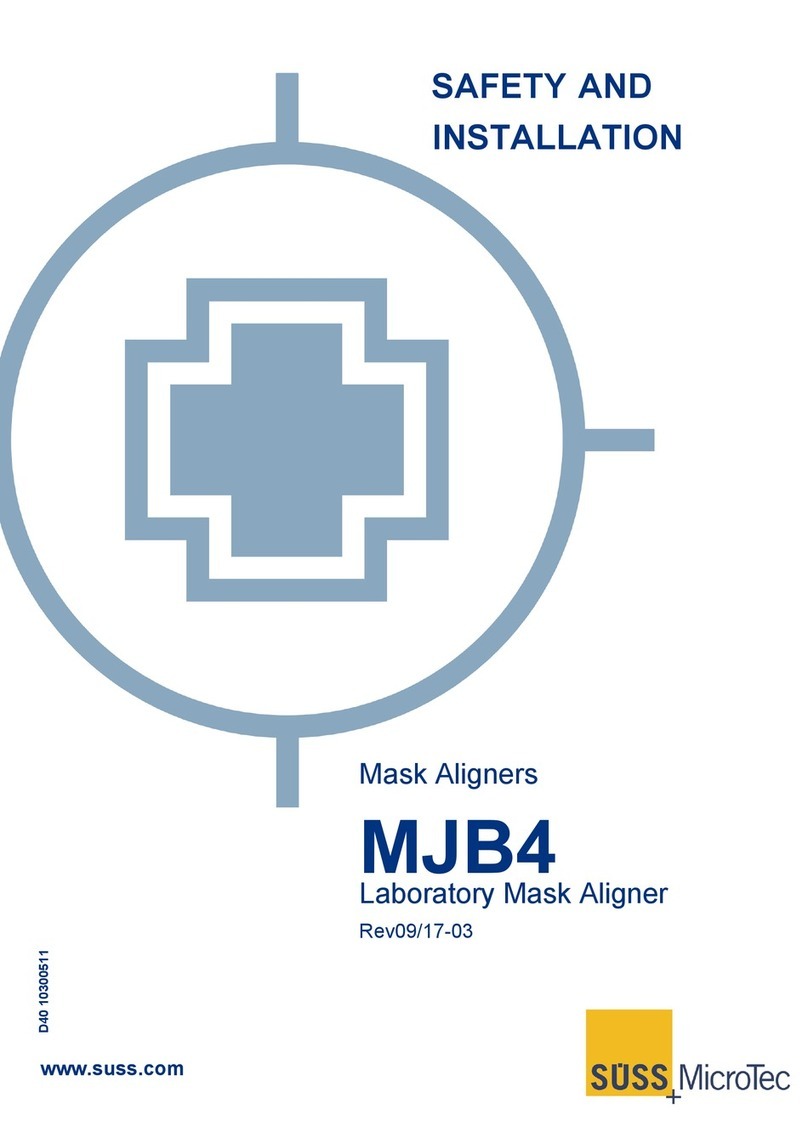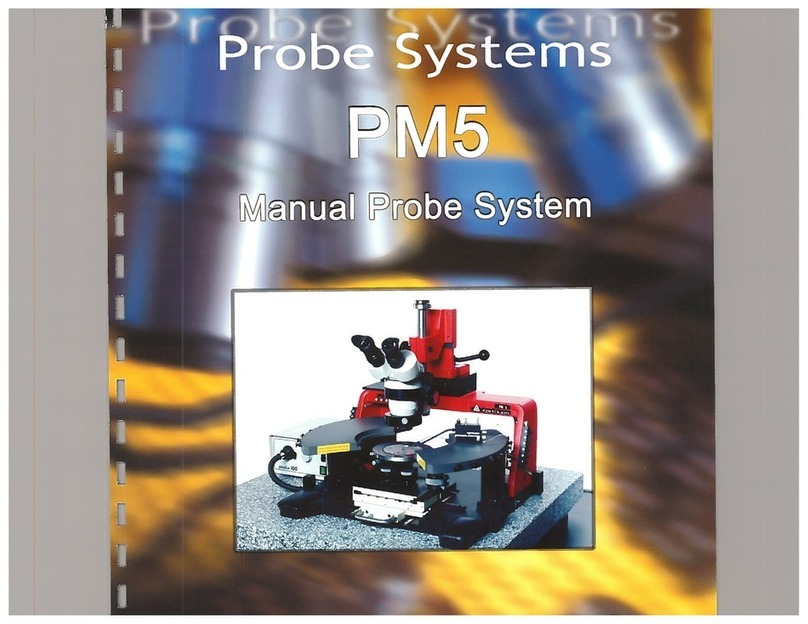
SAFETY INSTRUCTIONS
delta10 - dl/01-2005
1
1
1 SAFETY INSTRUCTIONS
1.1 General Information
Prior to installation, starting and operation of the
system relevant safety instructions should be read
carefully and considered accordingly.
Persons charged with transport, storing, installa-
tion, starting, operation, maintenance and service
have to know the content of this manual.
This manual contains information and warnings to
be followed by the user to ensure safe operation
and to maintain the system in secure condition. It
should be located in a suitable place close to the
system.
In addition to this manual all valid, legal and other
local regulations concerning prevention of acci-
dents as well as protection of the environment are
applicable.
Please consider all instructions, in particular safety
instructions, in order to achieve safe operation of
the system.
Possible hazards harming the user or resulting in
damage to the system are clearly stated within ap-
propriate chapters of this manual.
Safety instructions plus important information are
marked in the following way:
Danger!
The word ”Danger!” combined with this or
a more specific symbol indicates an im-
mediate hazard while using the system.
Neglecting of instructions given in this
documentation or on the system itself can
result in severe personal injury or death of
the operator or of persons being close by.
The system, other equipment or the envi-
ronment can be seriously damaged as
well.
Warning!
The word ”Warning!” combined with this
or a more specific symbol indicates an im-
pending hazard while using the system.
Neglecting of instructions given in this
documentation or on the system itself can
result in severe personal injury of the op-
erator or of persons being close by.
The system, other equipment or the envi-
ronment can be damaged as well.
Caution!
The word ”Caution!” combined with this or
a more specific symbol indicates a pos-
sible hazard while using the system.
Neglecting of instructions given in this
documentation or on the system itself can
result in personal injury of the operator or
of persons being close by.
The system, other equipment or the envi-
ronment can be damaged as well.
Please consider all instructions, in particular safety
instructions, in order to achieve safe operation of
the system.
Advice contained in this chapter is intended to sup-
plement, not to supersede, the safety advice given
in other chapters of this manual and the general
safety code of behavior prevailing in the user’s
country.
1.2 Operating Personnel
This technical device may only be operated by qual-
ified and trained personnel.
No pacemakers!
No access for persons with pacemakers!
Emission levels way impact cardiac pace-
makers!
Please verify the following conditions:
• Minimum age of operator:
Observe the national regulations of your coun-
try.
• Transport and mounting:
Transport and mounting work requires person-
nel specially trained for such tasks.
• Connecting and handling of process media:
The handling of process media, hazardous
chemicals etc. requires appropriately trained
and informed personnel. Hazards for each
chemicalhave to be wellknown and precautions
strictly observed.E
• Electrical installations:
Electrical installations and repair work requires
appropriately trained and informed personnel.































